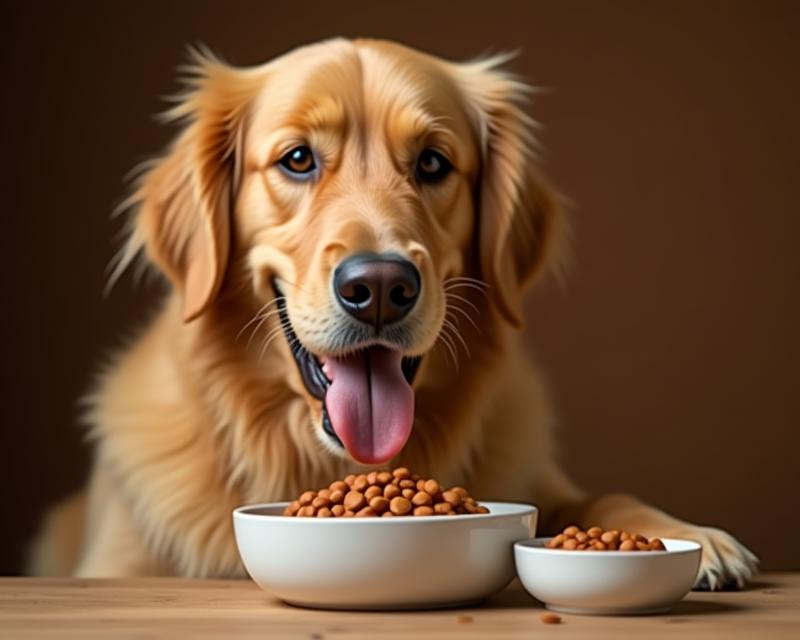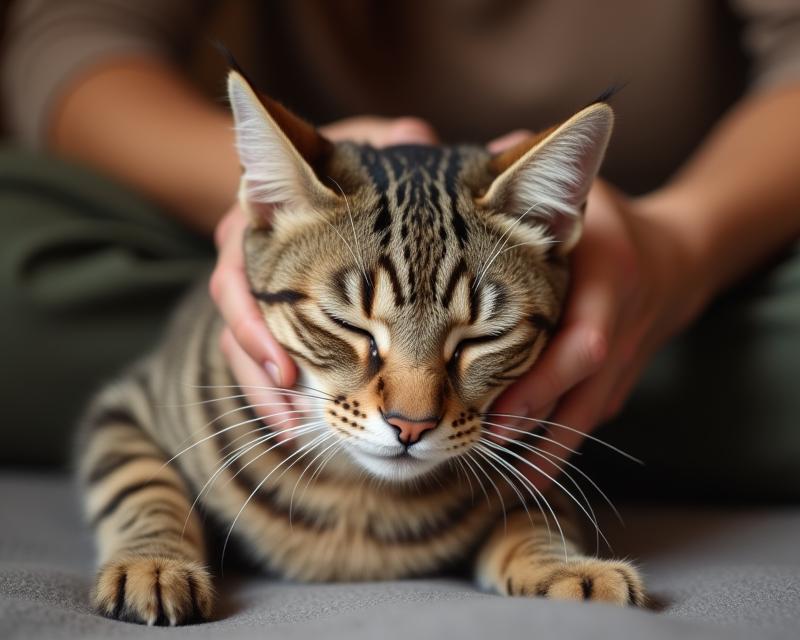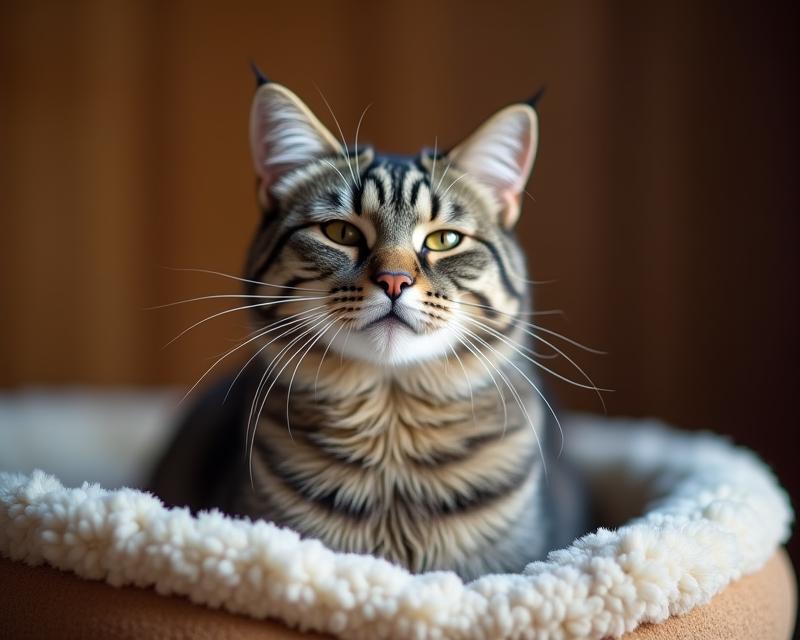Smooth Food Swaps: A Guide to Pet Food Transitions
Publish in Health el 28/06/2025 23:16
Smooth Food Swaps: A Guide to Pet Food Transitions
Switching your pet's food can feel a little daunting! Whether you're looking for a higher-quality option, a food tailored to a specific life stage, or simply want to try something new, a gradual transition is key to keeping their tummy happy. Abrupt changes can lead to digestive upset, and nobody wants that! This guide will walk you through how to smoothly transition your furry friend to a new food.

Why Gradual Transitions Matter
Our pets' digestive systems are sensitive. Suddenly changing their diet can disrupt the balance of bacteria in their gut, leading to symptoms like vomiting, diarrhea, gas, or even loss of appetite. A slow transition allows their digestive system to adjust to the new ingredients and avoid these unpleasant side effects. Think of it like changing your own diet – you wouldn't eat a whole spicy meal on the first day, right?
The 7-Day Transition Plan
Here's a simple 7-day plan to safely transition your pet's food. This is a general guideline; you can adjust the timeline slightly based on your pet's individual needs and sensitivities.
- Day 1-2: 75% old food, 25% new food.
- Day 3-4: 50% old food, 50% new food.
- Day 5-6: 25% old food, 75% new food.
- Day 7: 100% new food!
Make sure to monitor your pet closely during this process. Pay attention to their stool consistency, energy levels, and overall behavior. If you notice any signs of digestive upset, slow down the transition or consult with your veterinarian.
Tips for a Successful Transition
- Mix it well: Thoroughly mix the old and new foods before each feeding.
- Consistent Feeding Times: Stick to your pet's regular feeding schedule throughout the transition.
- Consider a Food Changer: Some pet owners find success using a food changer, which is a special device that gradually mixes the new food into the old.
- Consult Your Vet: If your pet has any underlying health conditions, or if you're concerned about the transition, always consult with your veterinarian. They can provide personalized advice based on your pet's specific needs.
Making a smooth food transition is an act of love and care for your pet. By taking the time to do it right, you can ensure they stay healthy, happy, and comfortable!





